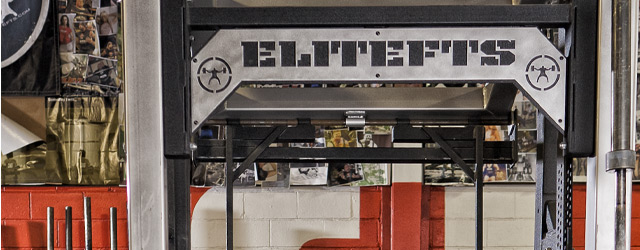
What is one of the biggest mistakes strength coaches, personal trainers, athletes and lifters make?
They never DELOAD.
In fact, they come in for weeks and weeks on end and train their asses off. That’s good and bad.
Good - in the fact that they’re trying to build muscle, as well as getting stronger and faster. They’re trying to get more mobile, more explosive and get better for their sport(s).
Bad - with all of this training, you must build times recovery into your program. I’m not talking about a one-day recovery session. I am talking about a week-long process that specifically pays attention to getting your body ready for the next intense three to four week training block.
This is called a deload.
What is a Deload?
A deload is a series of sessions where you focus on all of the following and reduce multiple factors of intensity:
Mobility
SMR – soft-tissue work
Flexibility
Active recovery
Weaknesses
Rehab
Strength training form
Conditioning
Breathing
Kinetic stability
Skill work
Review game footage
Factors of Intensity
When you’re in a deload week, you’ll want to lower the intensity of the session. This is what allows your body to recover, regenerate and become stronger for the next cycle.
Factors of Intensity include:
Sets
Reps
Rest periods
Load (weight lifted)
Speed of movement
Duration of total session
If you can schedule this series of training sessions after a three to four week or six to eight week training block, you’ll be adhering to the Law of Supercompensation.
Law of Supercompensation

Reference (1)
As you can see from the Law of Supercompensation and from this post, strength training has an effect on the body. It breaks it down and makes it weaker! This microtrauma and effect, after recovery and regeneration, creates an adaption of greater strength and more muscle (if the right intensity and parameters are engaged).
Now, if the proper “amount” of rest and recovery strategies (SMR, good nutrition, stretching, massage, rest, etc.) aren’t employed, or the next training session’s intensity is appropriate AND occurs at the right time after the last session, then the lifter/athlete doesn’t fully recover to the baseline level prior to the training session. If this is repeated over and over, it could lead to injury and over-training.
But, if there’s an appropriate amount of rest and deloads are scheduled periodically, then a super compensation where the lifter/athlete recovers to a baseline GREATER than their previous level is achieved.

Signs You Need to Deload
Increase in resting heart rate
Weight feel “cold”
You never get warmed up
Nervousness
Crankiness
Lifts are not improving
Eye sensitivity to light
You’re dreading going into the gym
5 Simple Points to Follow
1. Schedule a deload week so three to four subsequent training sessions focus on recovery and factors above.
2. The more frequently you engage in deloads, the less training sessions you’ll need in a row. For example, if you deload every eight weeks, your deload could be three to four sessions, if you deload every four weeks, you might only need two to three sessions. This is all part of auto-regulation.
3. Bodyweight exercises are great for deload training sessions.
4. Think of the sessions as preparation for the next intense sessions.
5. Make your deload sessions focused and short in duration. Get in and get out of the gym.
Perfect Workout Sequence for a Deload
Warm-up
SMR
Activation
Mobility
Dynamic Warm-up
Primary Session
Workout and/or Conditioning
Rehab/Weakness
Activation
Rehab
Mobility
Simple Full Body, Bodyweight Deload Session
1a) Push-ups
1b) Pull-ups
1c) Inverted Rows
1d) Light squats
1e) Face Pulls
1f) Dips
1g) Resisted Forward Treadmill Walking*
1h) Resisted Backward Treadmill Walking
Repeat two-three times
Cool trick – keep treadmill turned off, it becomes an instant simulated sled dragging session!
Elite Fitness Systems strives to be a recognized leader in the strength training industry by providing the highest quality strength training products and services while providing the highest level of customer service in the industry. For the best training equipment, information, and accessories, visit us at www.EliteFTS.com.








